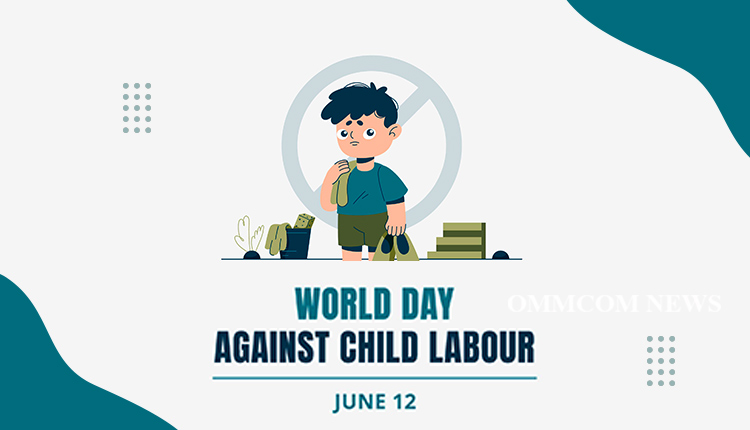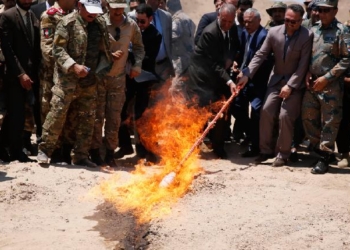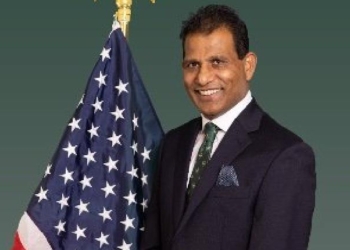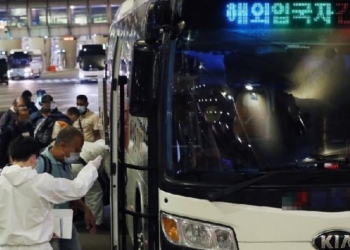Bhubaneswar: The World Day Against Child Labour is celebrated every year on June 12 by the International Labour Organisation (ILO) and UN bodies to spread awareness against child labour worldwide.
History Of World Day Against Child Labour:
The day was first officially observed in 2002 by ILO in its Geneva headquarters. It is currently celebrating the 25th anniversary of the adoption of the Worst Forms of Child Labour Convention (No.182), which was observed in 1999.
The two fundamental conventions that laid the foundation of the observation are Convention No. 182 and Convention No. 138 concerning the Minimum Age for Admission to Employment or Work (1973).
The Theme and Importance of Celebration:
The theme for 2024 World Day Against Child Labour is “Let’s act on our commitments: End Child Labour!”
The day emphasises eradicating the exploitation of children worldwide by reducing the involvement of children in all forms of labour-intensive activities.
About 160 million children worldwide are victims of child labour, which deprives them of their right to an education & threatens their well-being & future.
On #NoChildLabour Day, join @ilo in calling for social justice & urgent action to #EndChildLabour. https://t.co/EB5KHW59jy pic.twitter.com/RNB2VmBEZz
— United Nations (@UN) June 12, 2024
The United Nations in its X handle post wrote, “About 160 million children worldwide are victims of child labour, which deprives them of their right to an education & threatens their well-being & future.”
According to UN reports published on its official website, Africa ranks highest among regions both in the percentage of children in child labour one-fifth and the absolute number of children in child labour 72 million. Followed by Asia and the Pacific ranks second highest in both these measures 7% of all children and 62 million in absolute terms are in child labour in this region.
While the percentage of children engaged in child labour is highest in low-income countries, the actual numbers are greater in middle-income countries. In lower-middle-income countries, 9% of all children are involved in child labour, while in upper-middle-income countries, the figure stands at 7%.

















